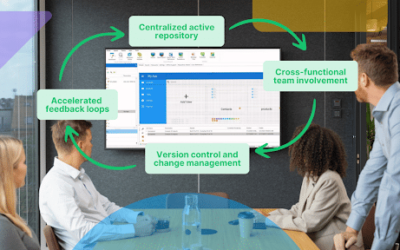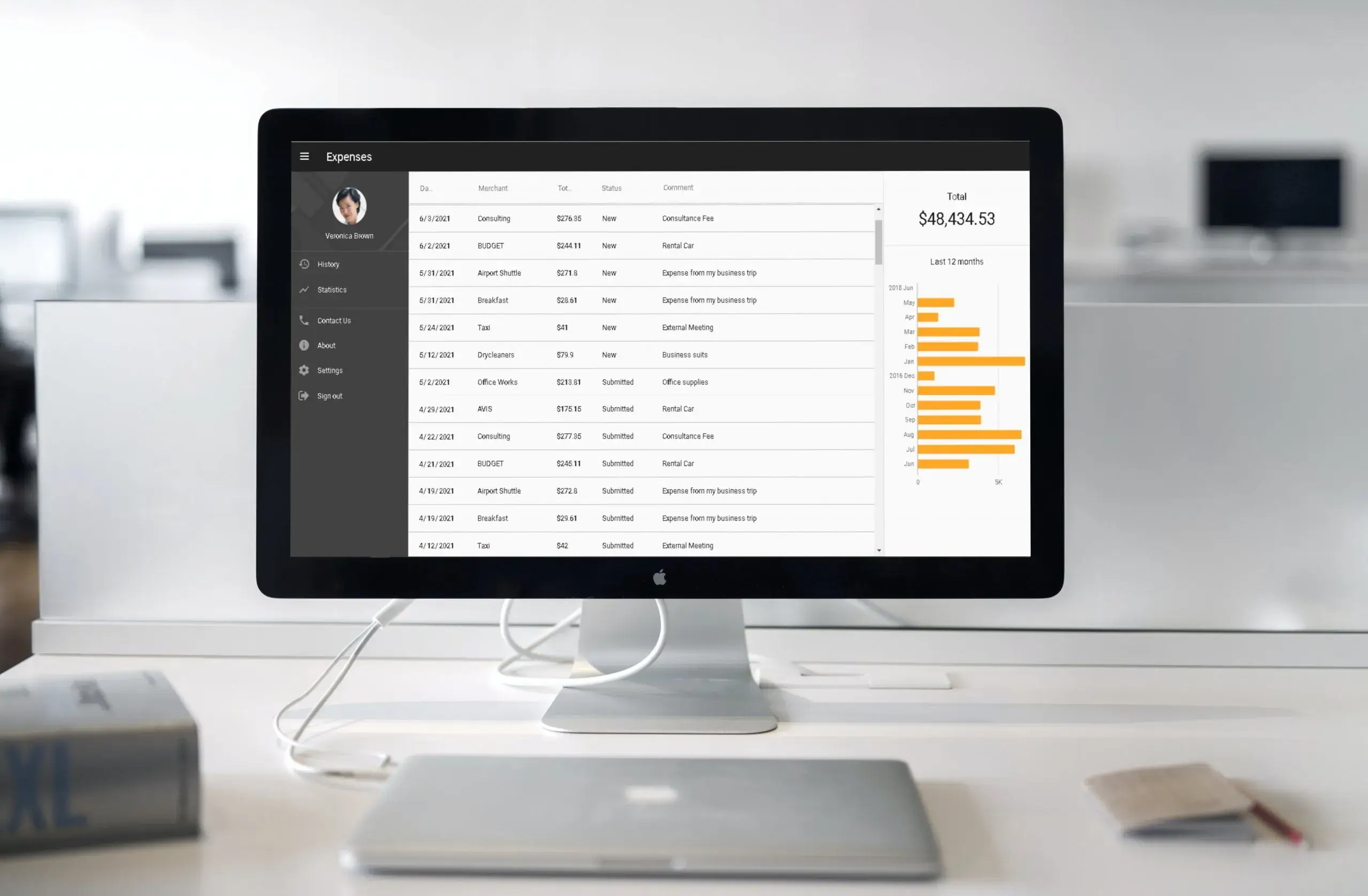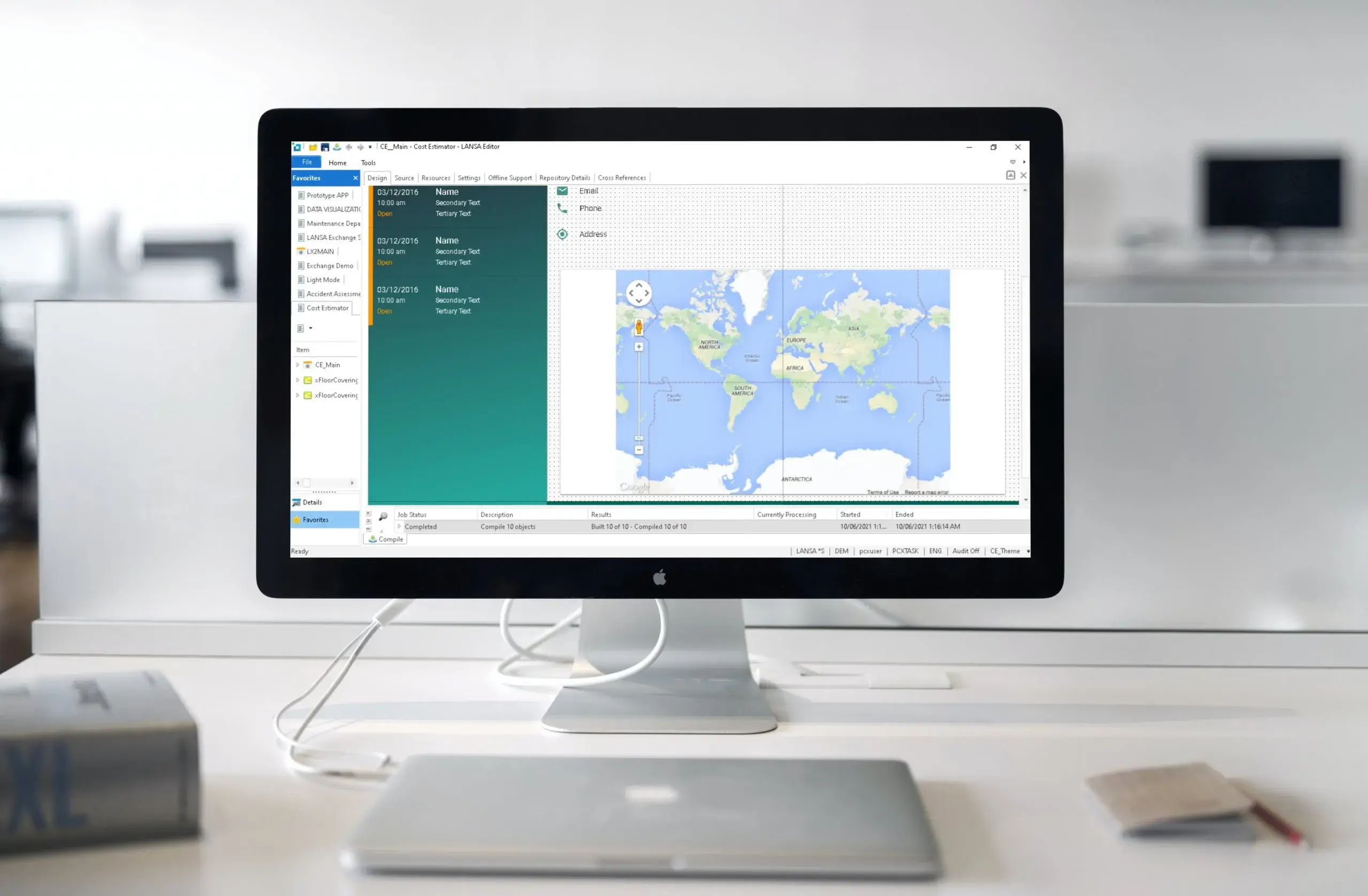Technologies are advancing and the Fourth Industrial Revolution, also known as Industry 4.0, is upon us. In this new era, organizations all over the world are under increasing pressure to modernize and automate. This shift is also fueled by a transition to remote work and other economic effects caused by COVID 19.
Low-code technologies market to grow 23% in 2021
In order to keep up with changing market demands and adapt to unforeseen challenges, businesses need new tools. They need tools that are highly accessible and capable of empowering digital transformation. Thankfully, low-code platforms are one of the core technologies coming to the rescue. That is why low code is currently experiencing explosive growth in popularity.
According to Gartner [1], the low-code technologies market is projected to grow 23% in 2021 and reach $5.8 billion. The low-code developer population is also increasing rapidly. In addition to this, IDC expects [2] the total number of low-code devs around the world to grow with a CAGR of 40.4% between 2021 and 2025. This growth rate for low-code developers is also roughly 3.2 times the 12.5% CAGR for the general population of developers worldwide.
Let’s look at how the IBM community has helped grow and nurture independent communities in this article about IBM Champions 2022.
What are the top 5 most important low-code trends in 2021?
Low-code is quickly becoming mainstream in software development. Low-code solutions are also evolving to meet the needs of new users. Today we would like to talk about five low-code development trends that have the strongest business impact potential.
1. Low-code driven workflow automation
Automating business processes with new technologies has been a trend for several years now. Organizations are already using low-code solutions to implement new technologies. The value of low code is clear, and its role in delivering workflow automation projects will only continue to increase.
Companies are suffering from the lack of qualified developers and financial resources, and struggling to make automation a reality. Despite this, they are driven to automate. They are also encouraged by both the growing technical capabilities of workflow automation solutions and the benefits their competitors report about using them. As they look to modernize their systems, they call upon low-code tools to make the technology more accessible.
Learn how IBMi remains a valuable platform for organizations and their mission-critical tasks in this article about IBM AS 400 ERP.
2. API-based low-code development
API use is another big trend in modern-day development that is growing synergistically with the low-code tech market. There are already more than 24,000 public APIs available today. It is a figure that doesn’t take into account the hundreds of thousands of private APIs enterprises use to connect their IT systems.
Simply put, APIs are one of the core technologies in app development today. As a result, low-code platforms rely on APIs to allow companies to quickly create and integrate powerful feature-rich apps with their existing systems. It is safe to expect that low-code solutions will leverage even more API management and orchestration capabilities in the future.
3. Highly customizable user experience
The demands on an app or solution’s user experience have also evolved considerably over the last decade. To address this, low-code platforms already include templates, layouts and styles. These tools allow organizations to quickly build user-friendly products. In the future, low-code will provide even more customization options. These options will give businesses the freedom to create highly differentiated user experiences based on ready-made templates and components.
4. Low-code legacy modernization
Many of today’s enterprises need to modernize outdated systems and integrate legacy solutions with new technology. It is no longer enough for low-code platforms to simply provide tools that create new apps. They also need the technical capability to integrate with and modernize outdated systems. Moreover, they need to do it without forcing companies to hire developers experienced in legacy programming languages like RPG and COBOL. This is one area where businesses will increasingly rely on low-code platforms.
5. Cross-platform deployment
Creating and supporting multiple versions of an application for desktop and mobile is another major pain point in enterprise developers. In the future, Low-code solutions will be more capable at allowing companies to easily deploy and maintain their solutions across all platforms.
Learn about the different IBM AS 400 programming languages and the challenges directly linked to providing solutions and support for your organization.
How does Visual LANSA follow the biggest trends of low-code development?
Visual LANSA is a powerful low-code platform that allows organizations to modernize their legacy tools. With LANSA companies can and build new enterprise-grade mobile, web and desktop applications more quickly and easily. As a frontrunner in the low-code technologies race, LANSA incorporates a number of tools and services that are already prerequisites for the low-code platform of the future.
Powerful legacy modernization capabilities
LANSA solutions enable the modernization of legacy systems. Specifically, LANSA includes powerful tools for simple IBM i modernization. Using the platform companies can develop new apps, modernize old ones, or even create an entire ERP. Most importantly, they can without the need to hire developers with experience in IBM i systems and knowledge of RPG.
Versatile integration features
Visual LANSA sets a new bar for low code integration with the ability to code directly inside the IDE. Its hybrid low-code approach means you can integrate with anything and everything without creating time-consuming workarounds. Similarly, LANSA’s integration solutions also simplify how data gets transported between business processes, allowing developers to set up data exchange and automate processes with confidence and minimum effort.
Easy deployment across platforms
Visual LANSA is a low-code platform that truly lets you deploy anywhere. Your options include IBM i, Windows, the Cloud, and Linux. Where many other low-code platforms can only provide limited deployment options, Visual LANSA lets businesses deploy where it makes the most sense for them.
Stand in the forefront of low-code digital transformation with Visual LANSA
Visual LANSA follows the major trends in modern-day low-code development, allowing businesses to build applications with outstanding user experience, create workflow automation solutions as well as modernize old systems.
Ready to begin? Get in touch with us to start utilizing Visual LANSA for the development of new apps and the modernization of legacy solutions.
[1] https://www.gartner.com/en/newsroom/press-releases/2021-02-15-gartner-forecasts-worldwide-low-code-development-technologies-market-to-grow-23-percent-in-2021
[2] https://www.idc.com/getdoc.jsp?containerId=US47546621






























